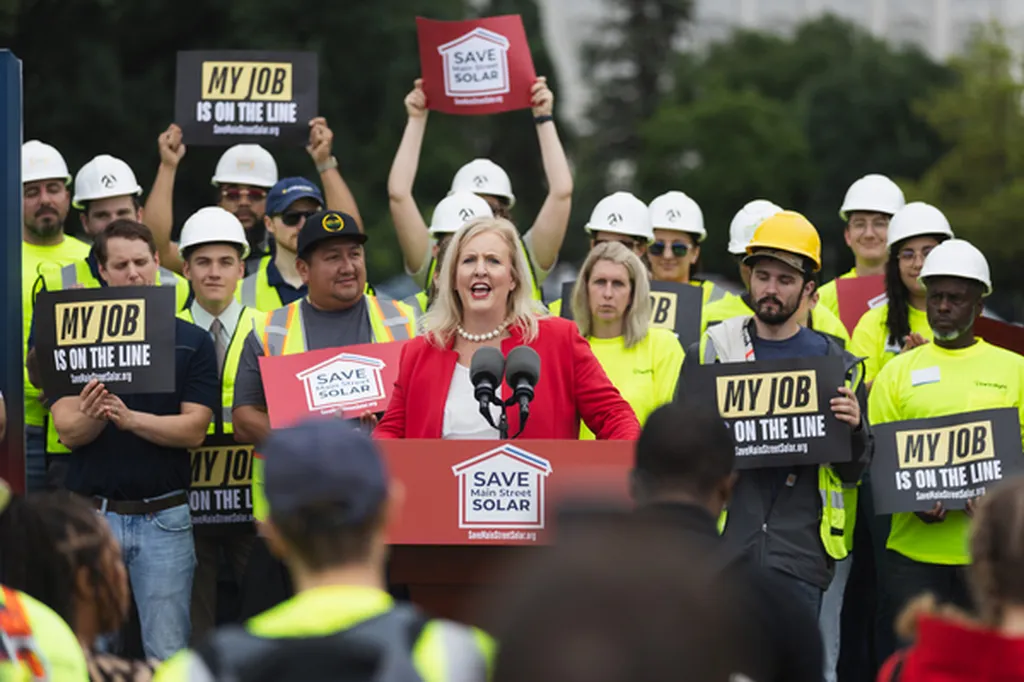Abigail Ross Hopper, the President and CEO of the Solar Energy Industries Association (SEIA), announced her decision to step down from her role, effective January 30, 2026. Her departure marks the end of a nearly nine-year tenure during which the U.S. solar industry underwent a remarkable transformation.
When Hopper joined SEIA in 2017, the solar industry was still emerging, with 36 gigawatts (GW) of installed capacity and just over 1 million residential solar customers. Today, the industry boasts more than 255 GW of capacity and over 5.5 million residential solar customers. The U.S. has also climbed from the 14th to the 3rd largest solar manufacturing economy globally. “The growth we’ve experienced over the years is a result of our collective grit and determination,” Hopper stated, acknowledging the industry’s resilience in the face of policy battles and market challenges.
Hopper’s leadership saw SEIA navigate complex trade cases and tax debates, emerging stronger each time. The association’s policy achievements have laid the groundwork for the industry’s continued growth. Beyond market progress, SEIA has fostered an industry that is sustainable, inclusive, and accountable. Initiatives like Solar Sisters, the Solar and Storage Industries Institute, and partnerships like Solar Uncommon Dialogue have expanded the industry’s reach and demonstrated its commitment to values such as labor rights, supply chain transparency, recycling, land use, and consumer protection.
Despite the challenges faced this year, Hopper remains optimistic about the industry’s future. She highlighted SEIA’s strong team and engaged board, as well as the industry’s talent, technology, and market mandate. “Our industry has the moral clarity to finish the job we set out to do, delivering clean, affordable, reliable energy that serves as the foundation of America’s economic future,” she asserted.
Hopper’s announcement is a testament to the industry’s growth and the collective efforts of its stakeholders. Her departure raises questions about the future direction of SEIA and the solar industry as a whole. Will the next leader build on Hopper’s legacy of advocacy and inclusivity, or will they chart a new course? How will the industry continue to address challenges and capitalize on opportunities in the rapidly evolving energy landscape? One thing is clear: the solar industry’s trajectory will continue to shape America’s energy economy, and the choices made in the coming years will be pivotal.

